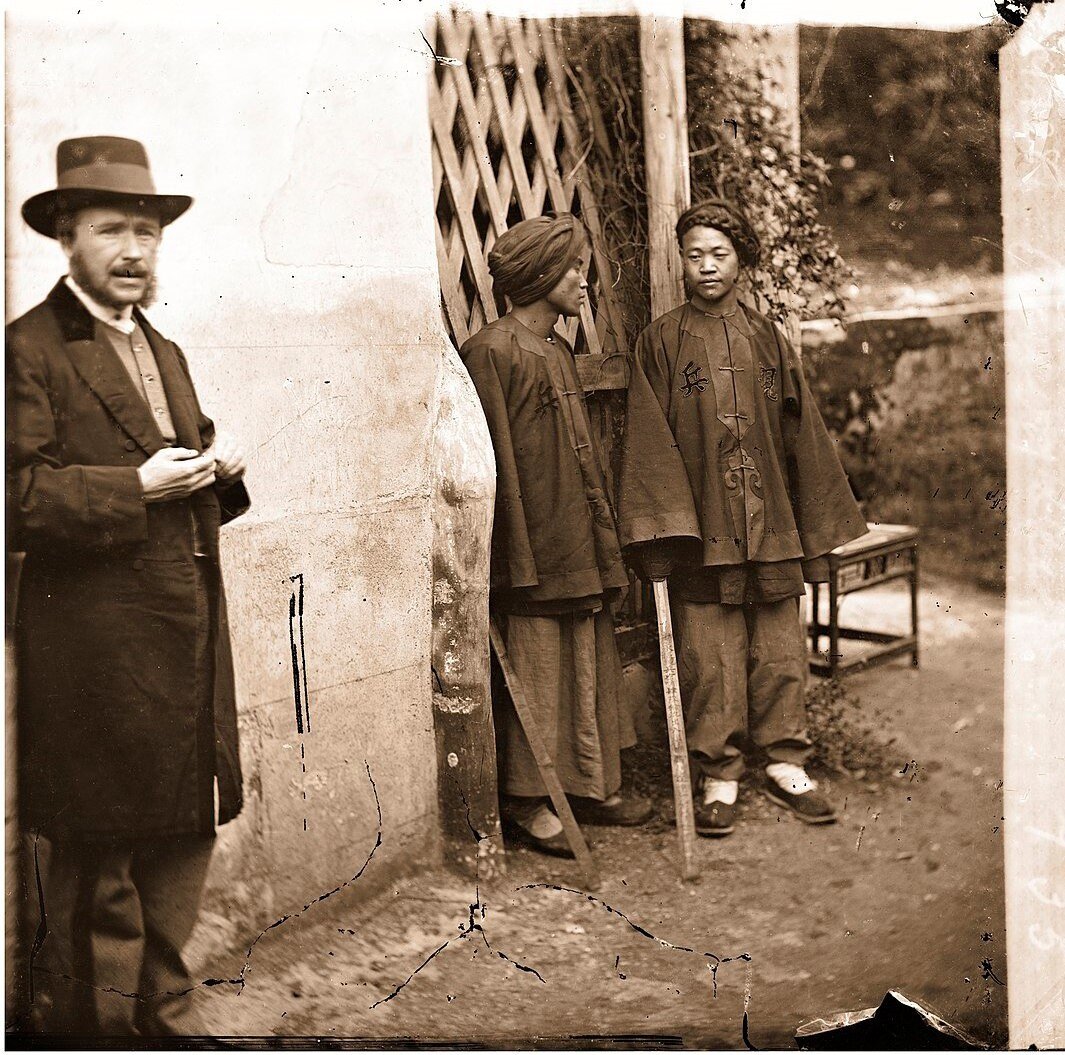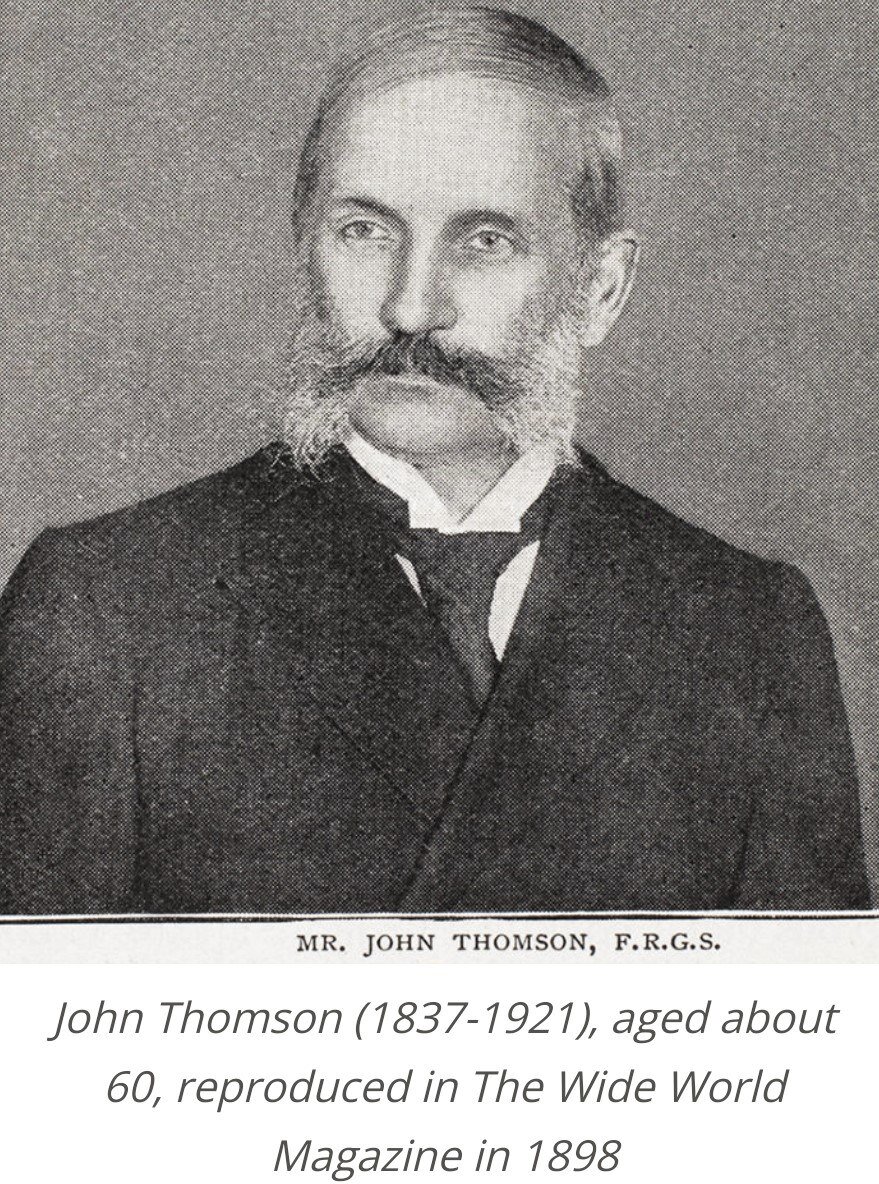L'Indochine et la Chine: récits de voyage de John Thomson (French Adaptation)
by John Thomson & Hippolyte Vattemare
A 1879 French "adaptation" of photographer and geographer John Thomson's "The Straits of Malacca, Indo-China, and China" (1875).
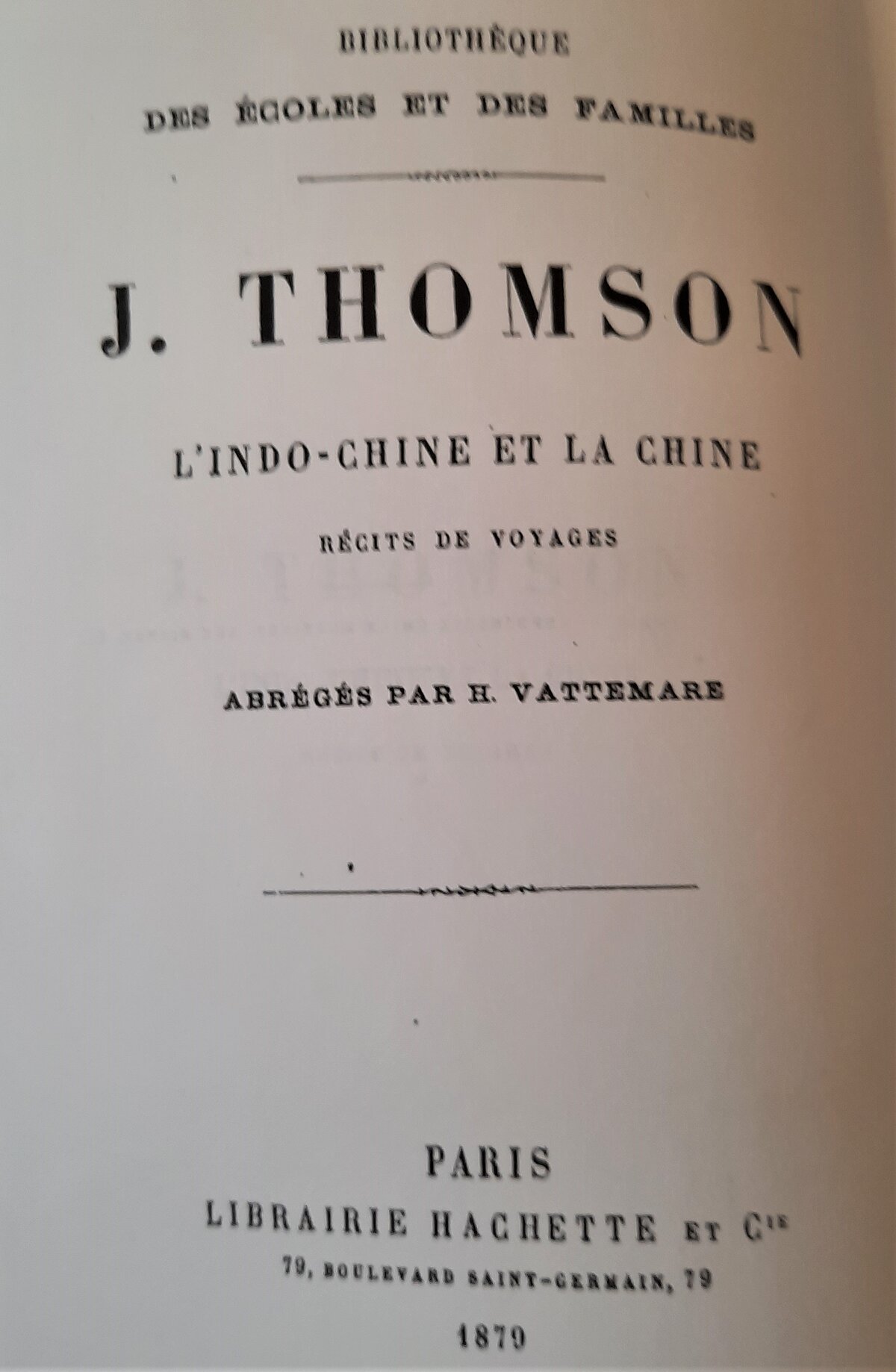
Type: facsimile
Publisher: Hachette & Cie, Bibliotheque des Ecoles et des Familles, Paris
Edition: Wentworth Press Scholar Select, Creative Media Partners, 2013
Published: 1879
Authors: John Thomson & Hippolyte Vattemare
Pages: 184
ISBN: 978-0341-288947
Language : French
ADB Library Catalog ID: eTRAVTHFR
Four years after John Thomson’s substantial travel book (507 pages, more than 60 illustrations), the publication of this much shortened French version shows that, despite the growing rivalry between Great Britain and France in Southeast Asia, the Scottish photographer and geographer’s contribution was seen in France as a worthy apportation to a better understanding of the region.
Tags: Western explorers, translations, photography, China, Angkor rediscovery
About the Author
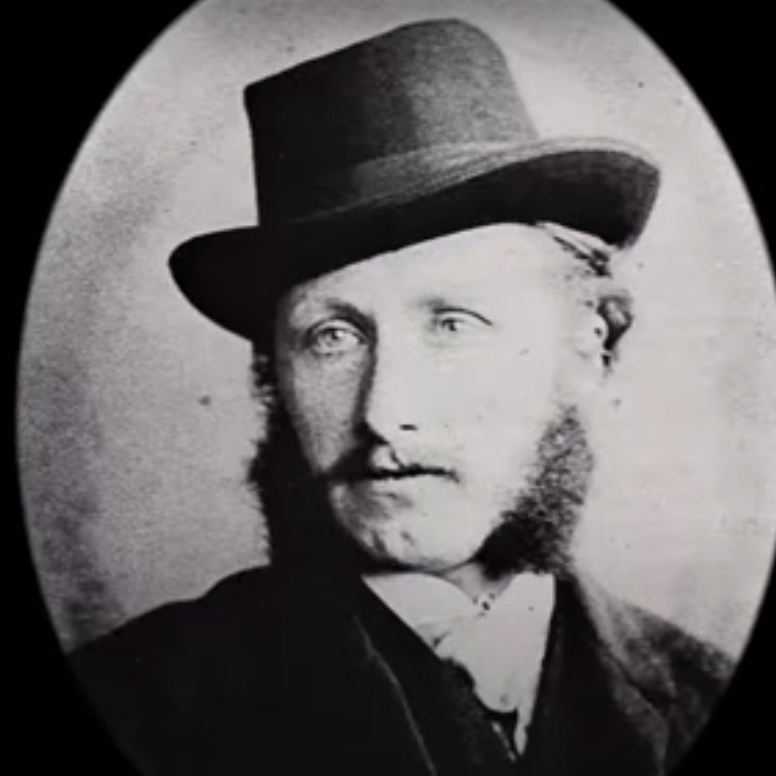
John Thomson
Scottish photographer and geographer John Thomson (14 June 1837, Edinburgh – 29 Sept. 1921, Edinburgh) was a pioneer in photographying the ruins of Angkor in 1866, part of his ten-year long travel stint across Asia after joining his elder brother William in Singapore in 1862.
When he left for the Far East, he had studied photography processing and technique as an apprentice in an optical and scientific device manufacturing company, while enrolling to evening classes at Watts Institution and School of Arts to study chemistry, philosophy and geography.
Thomson was welcomed at the Court of Siam in 1865, and then to Phnom Penh Royal Palace the following year. After Cochinchina and Indochina, he traveled around China, documenting local cultures, landscapes and artefacts of the East. He insisted to travel to Angkor, with the assistance of his friend H.G. Kennedy, a British Consulate officer fluent in Siamese, after reading Henri Mouhot’s travel accounts, first published in English even if Mouhot was a French citizen.
According to Jim Mizerski in Cambodia Captured, “On January 27, 1866, John Thomson accompanied by H. G. (Henry George) Kennedy left Bangkok on his way to Angkor. His departure was noted in the Bangkok Recorder:
Mr. Thomson, the photographer who has been residing in Bangkok approximately three months, departed last Saturday, 11th day of the waxing moon in the third month, headed for Cambodia, to the ancient city of Angkor, wishing to photograph those ancient artifacts for the European people to see. Mister Thomson went by land, not by way of Chanthaburi. He expects to return in two months. During those two months anyone wishing to see the photographs taken in Bangkok may do so. The photographs are with Captain Ames, Commander of the Police, whose home is at Pom Pongpajamid. The king praised Mr. Thomson as a truly excellent photographer. I agree that none can compare to him.
In The Straits of Malacca, John Thomson recorded the start of his Cambodian adventure:
We had first intended to sail down the Gulf of Siam to Chantaboon, and thence to cross over the forest-clad mountains of that province to Battabong. But the Siamese Government declined to grant a passport for that route, which they reported as dangerous and impracticable. We were therefore reduced to the necessity of making a tedious, and, so far as health was concerned, more dangerous journey by the creeks and rivers, and across the hot plains and marshes of the south-eastern provinces of the interior.
Thomson’s original plan to follow a shortened version of Henri Mouhot’s route was not possible and his adventure in Cambodia was to be uniquely his own. There is nothing to suggest that Thomsen’s plan, at least at the time he left Bangkok, included traveling to Phnom Penh and Kampot, which he later did.
After his Asian period, he worked on the street people of London, deveoping a style of social documentary viewed as the historic basis of modern photojournalism. Yet he was at ease in all strata of society, to the point that he became portrait photographer of the Mayfair High Society, with a Royal Warrant granted to him in 1881. He had a great impact on his contemporaries, for instance introducing the famous travel writer Isabella Lucy Bird to the art of photography.
See the short online biography by the National Library of Scotland.
About the Editor
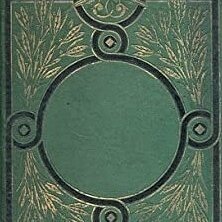
Hippolyte Vattemare
Hippolyte Vattemare (?- 1882) was a French literary translator who translated a great number of books and essays from the English language, mostly related to discovery travels and geography.
He translated — or “adapted”, since translation was then often considered as an exercise in condensing the original text and making it (supposedly) more accessible to the French readership — English versions of travel accounts by Christopher Colombus, Vasco de Gama, David Livingstone, Frederik Whymper, Sir Samuel White Baker, and edited French Admiral La Pérouse travelogues ‘for educational purposes’.
He also translated from French into English, mostly technical manuals and commercial or official epistolary correspondences.
(Photo: the 1879 edition of John Thomson’s book shortened and translated by H. Vattemare)

